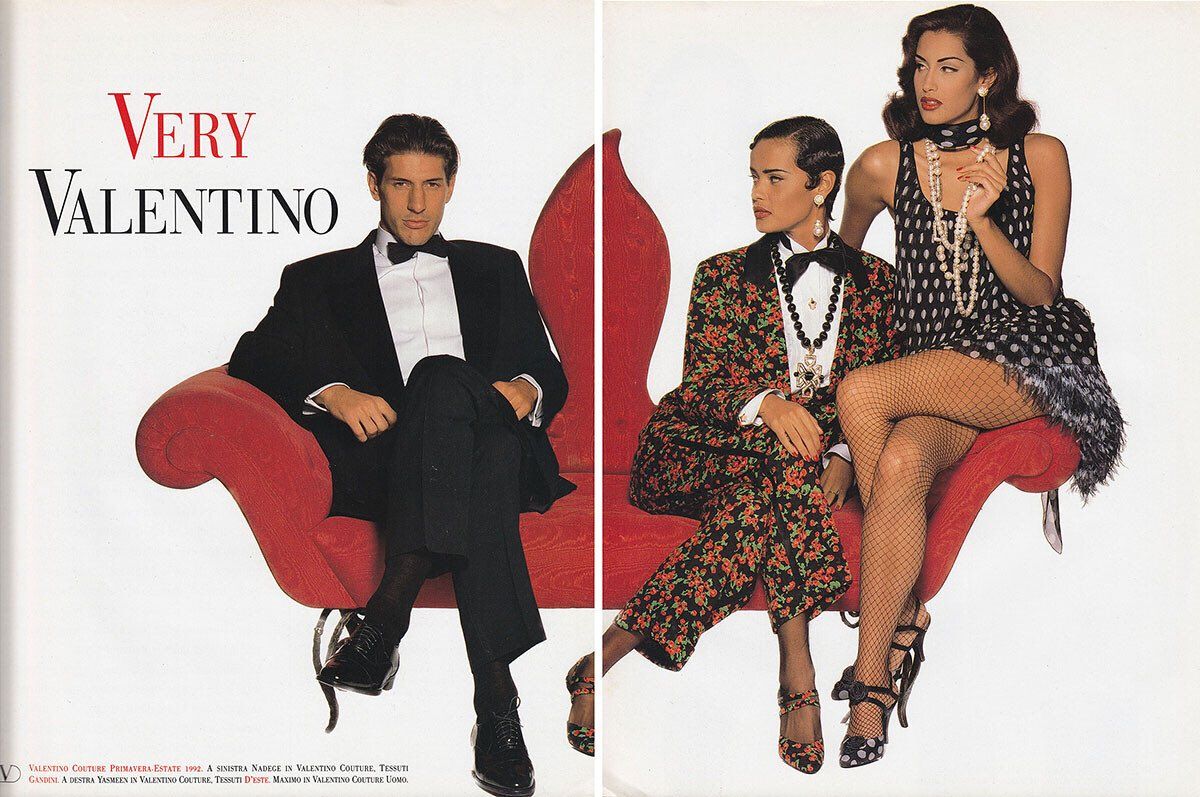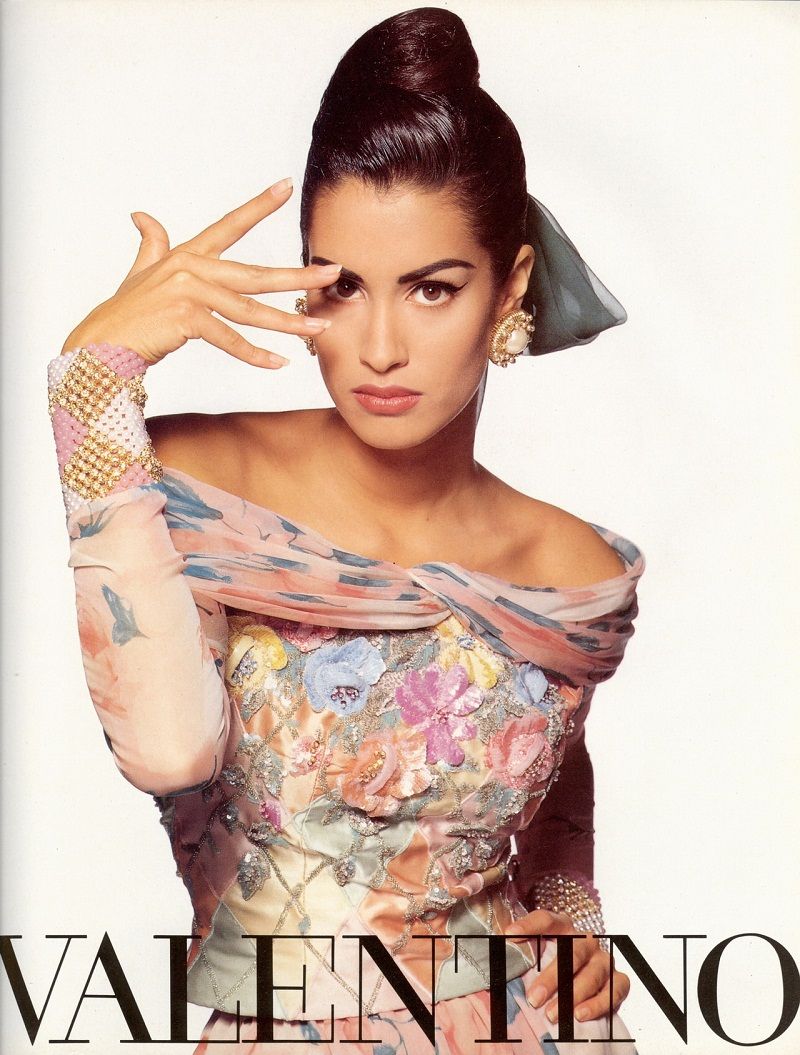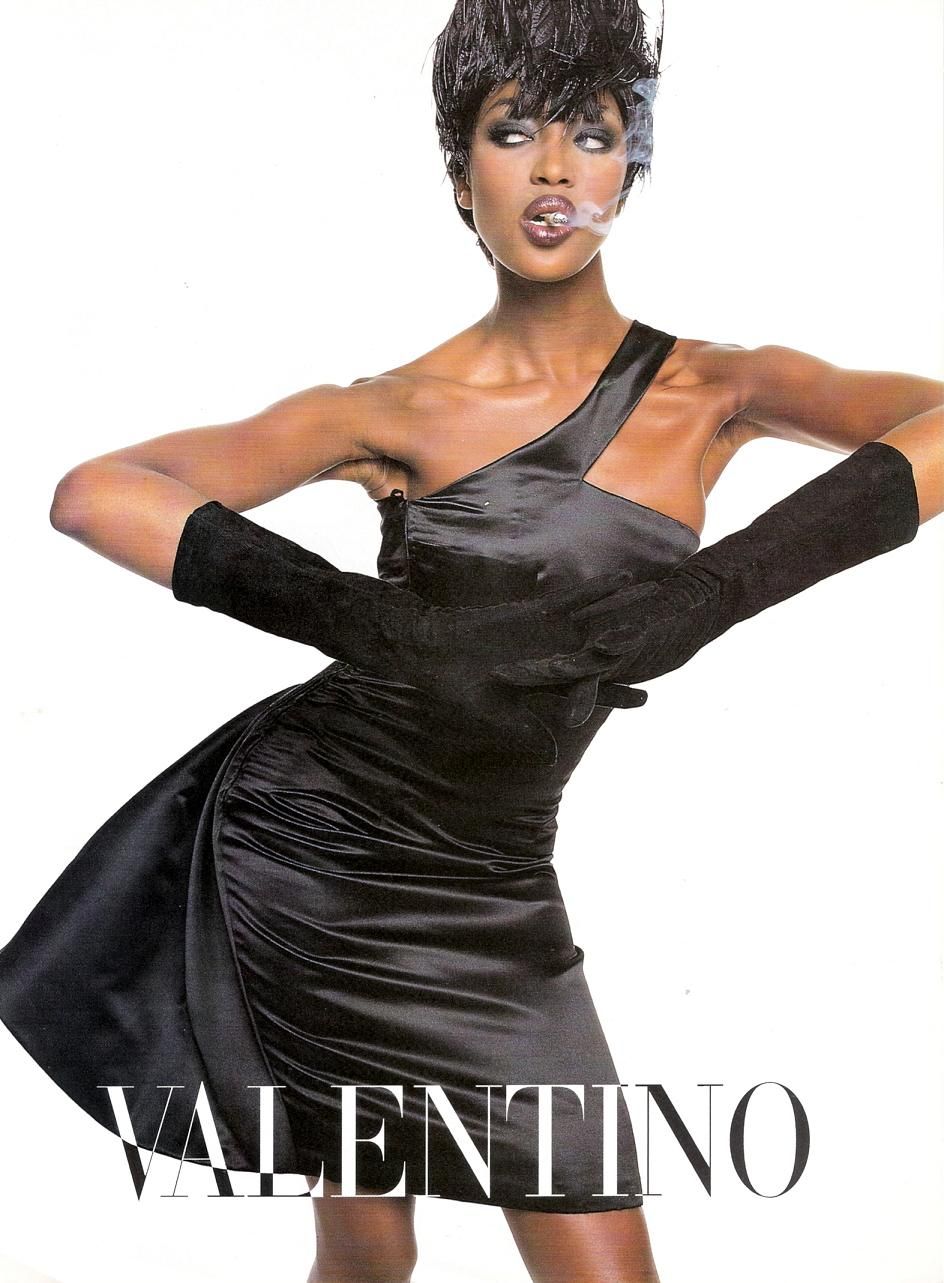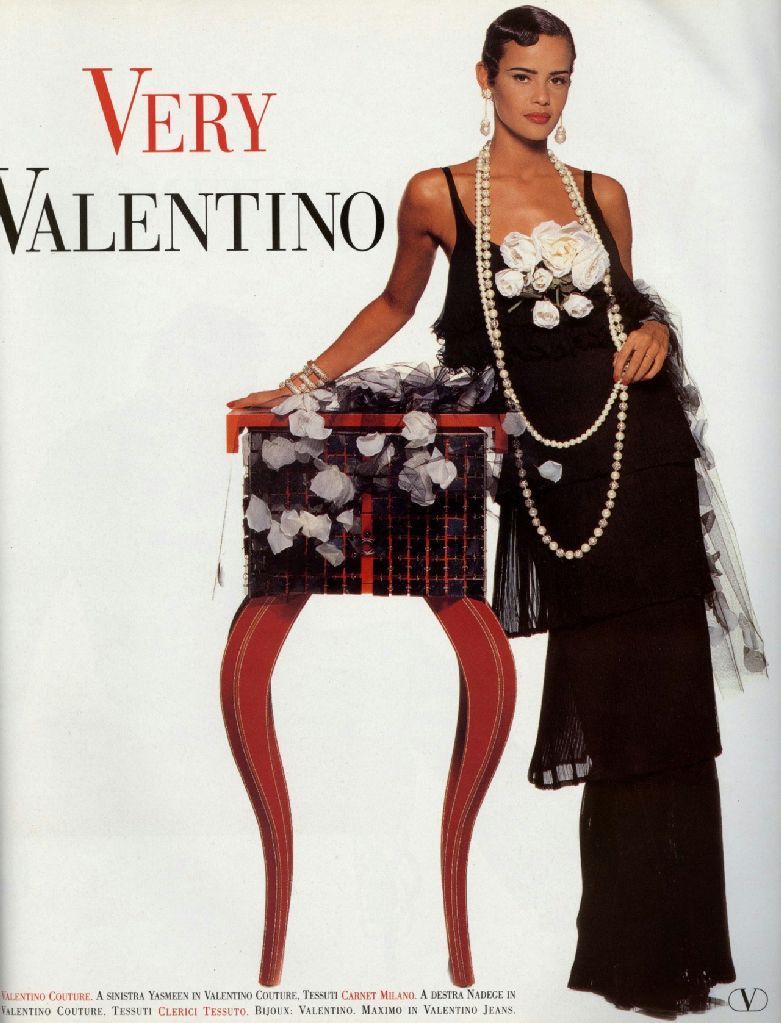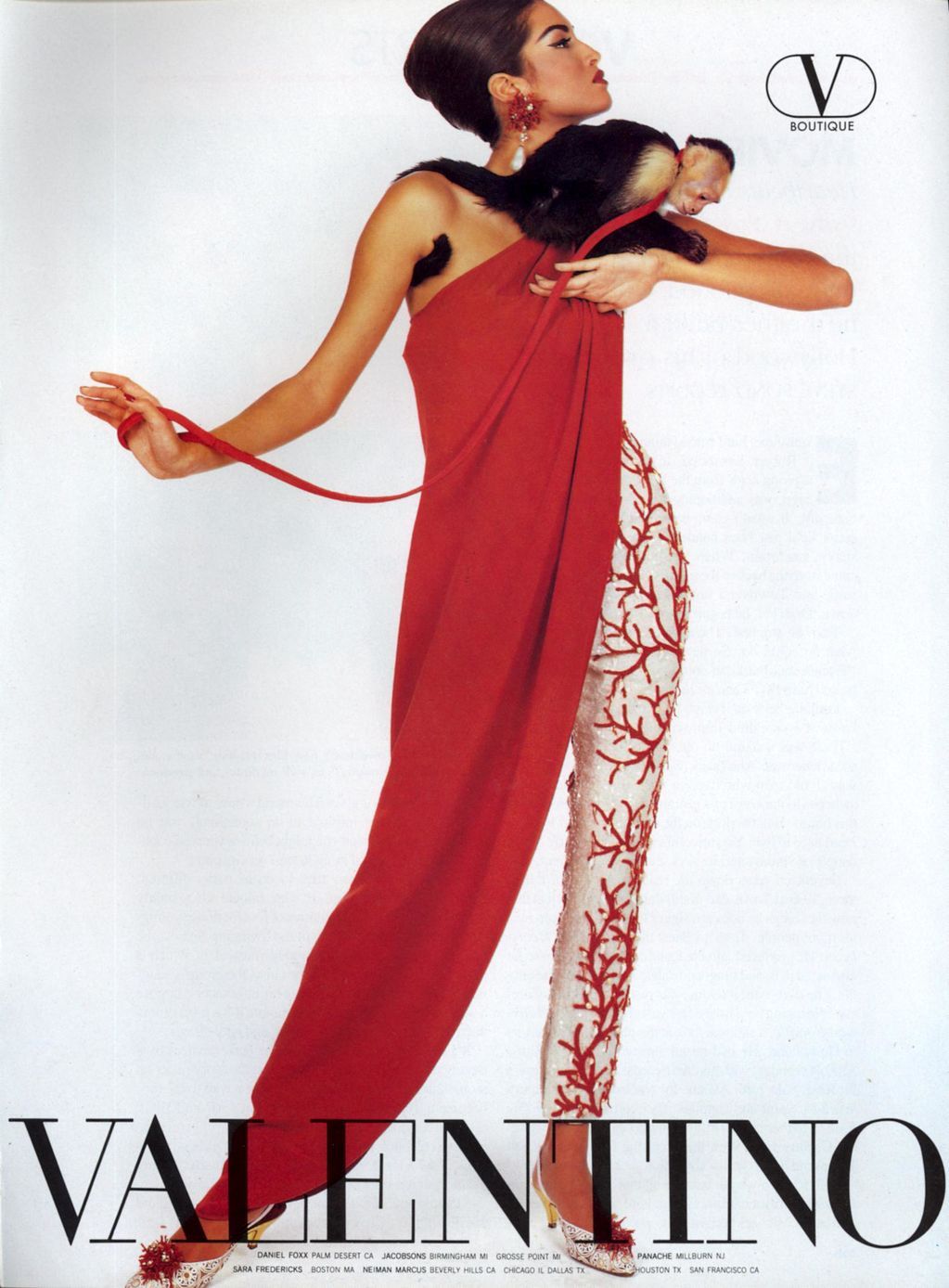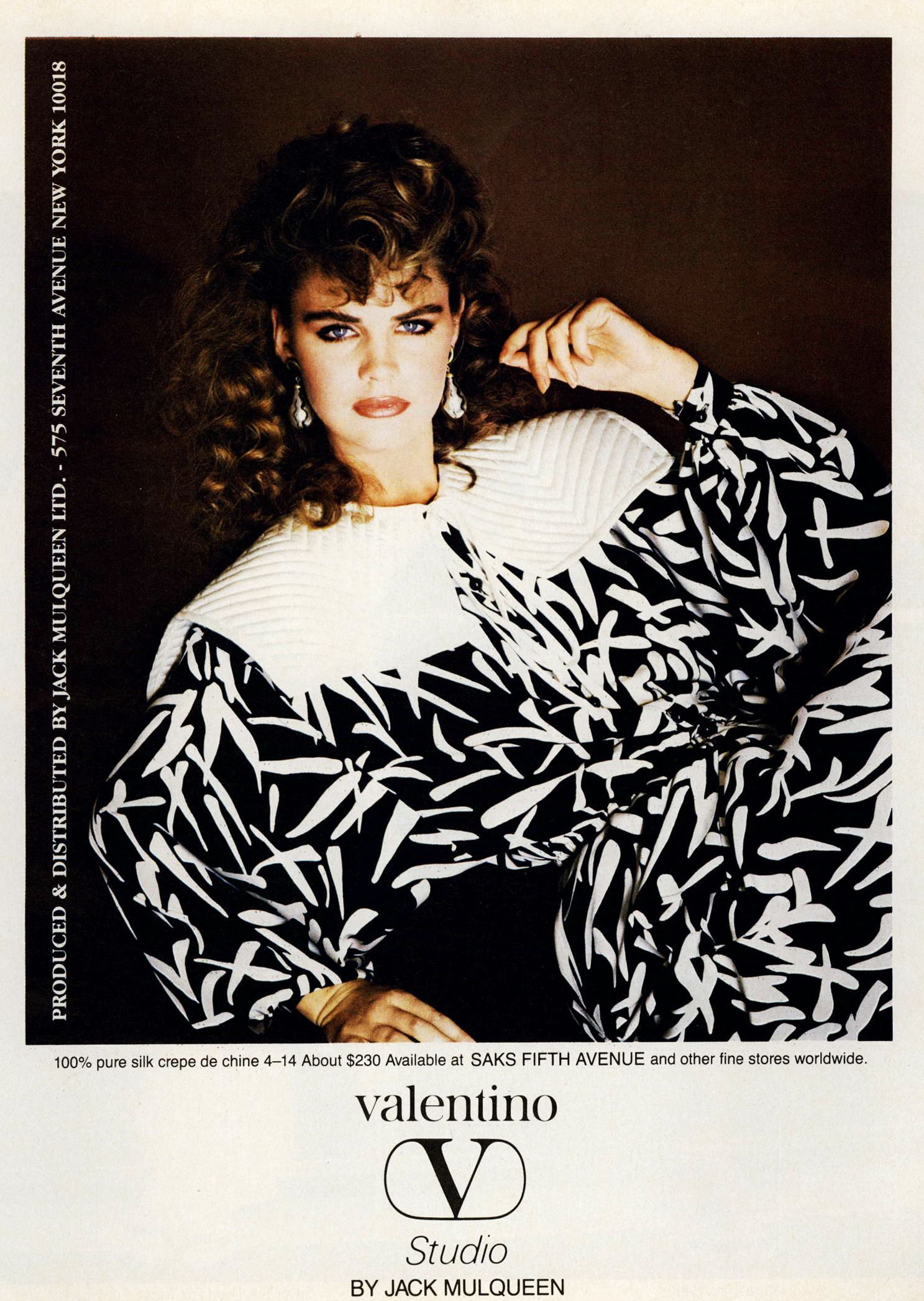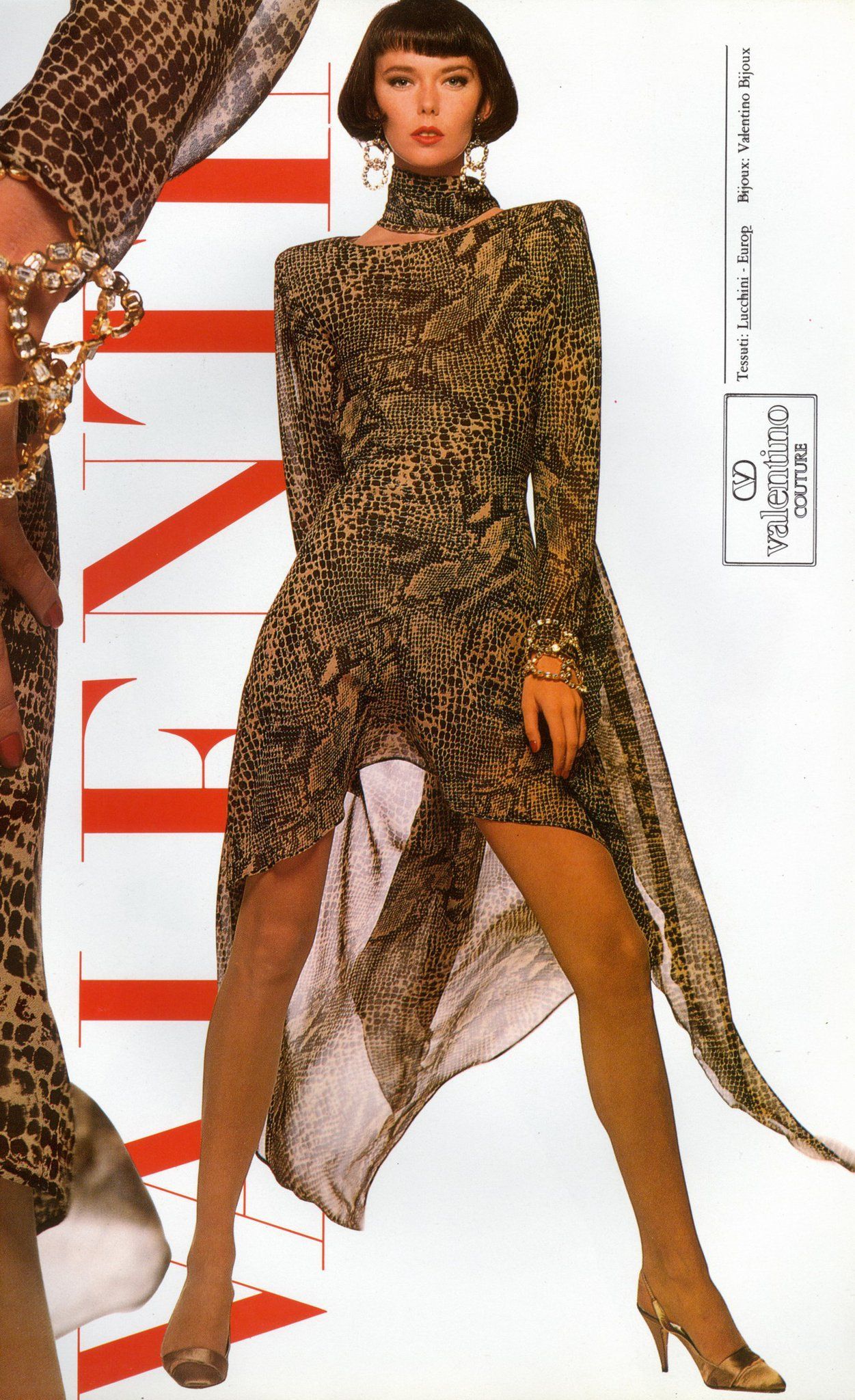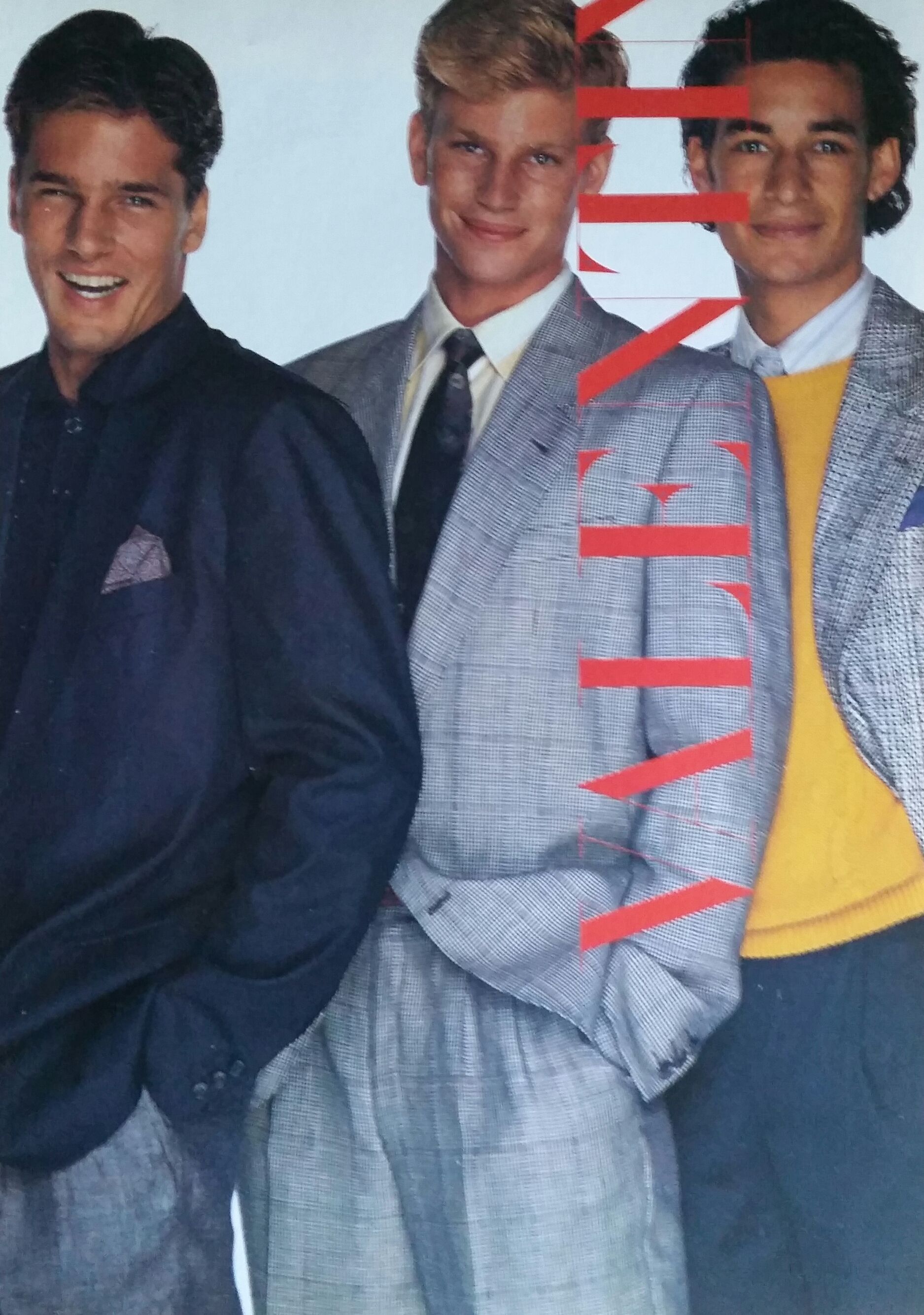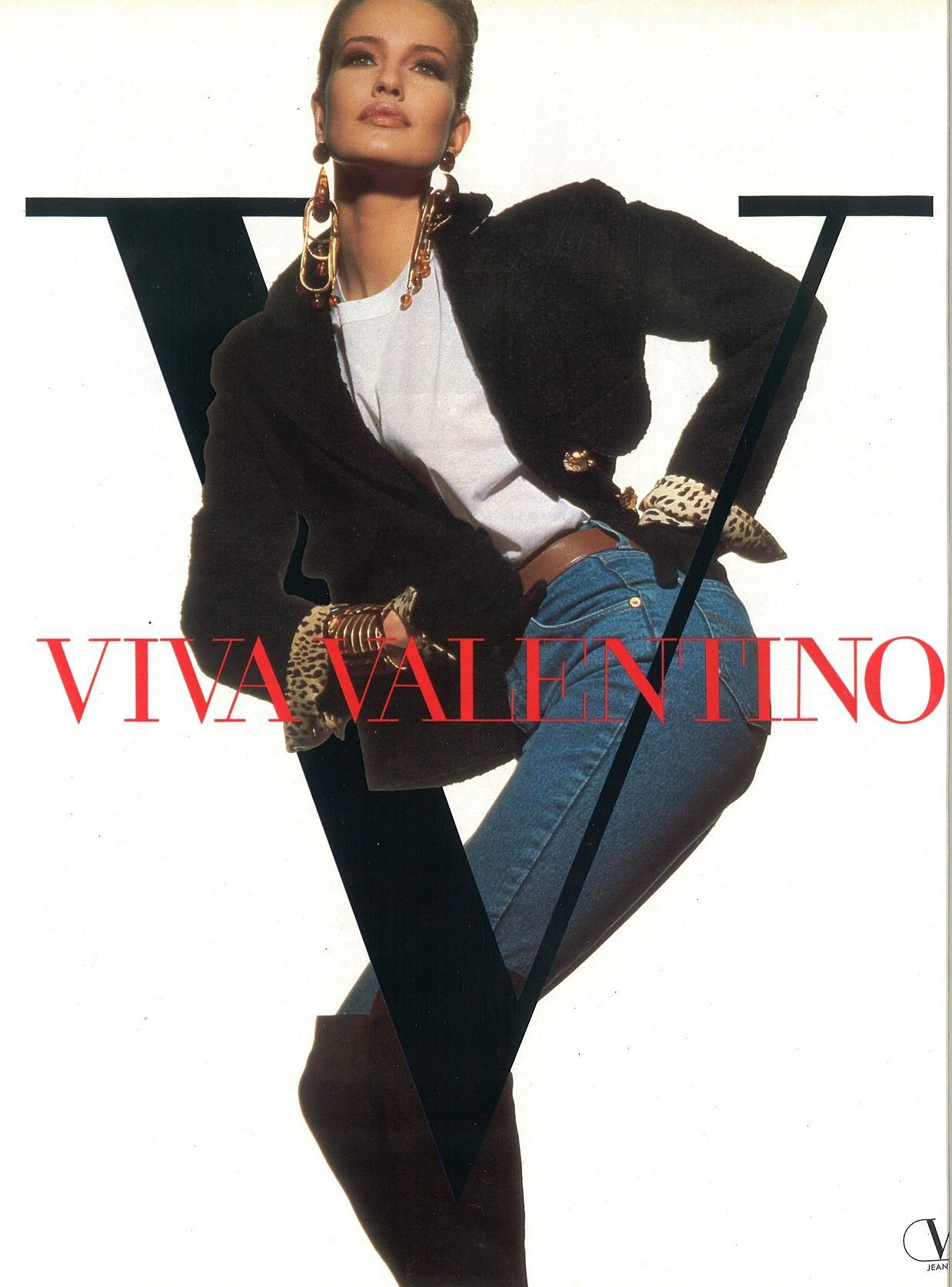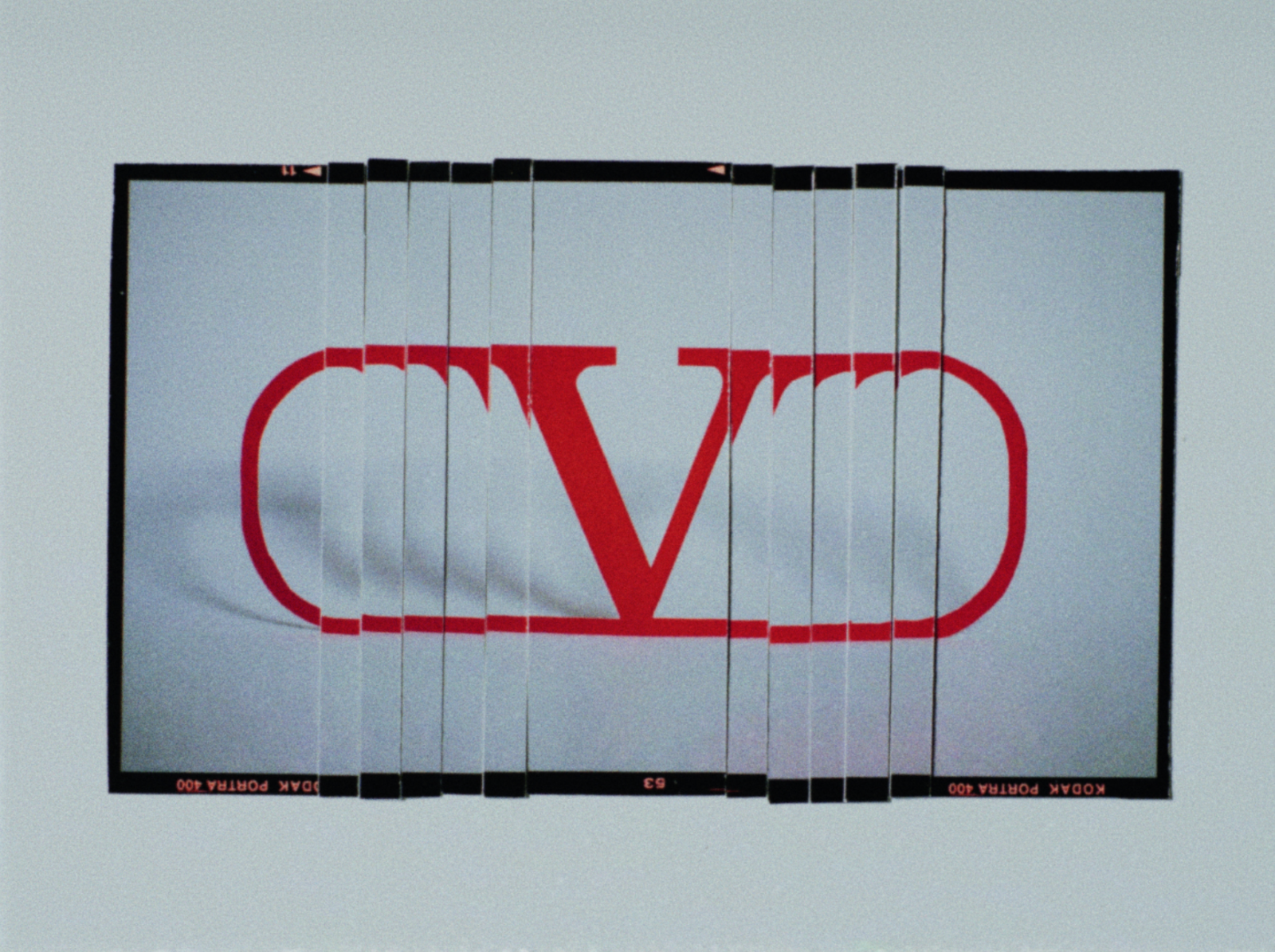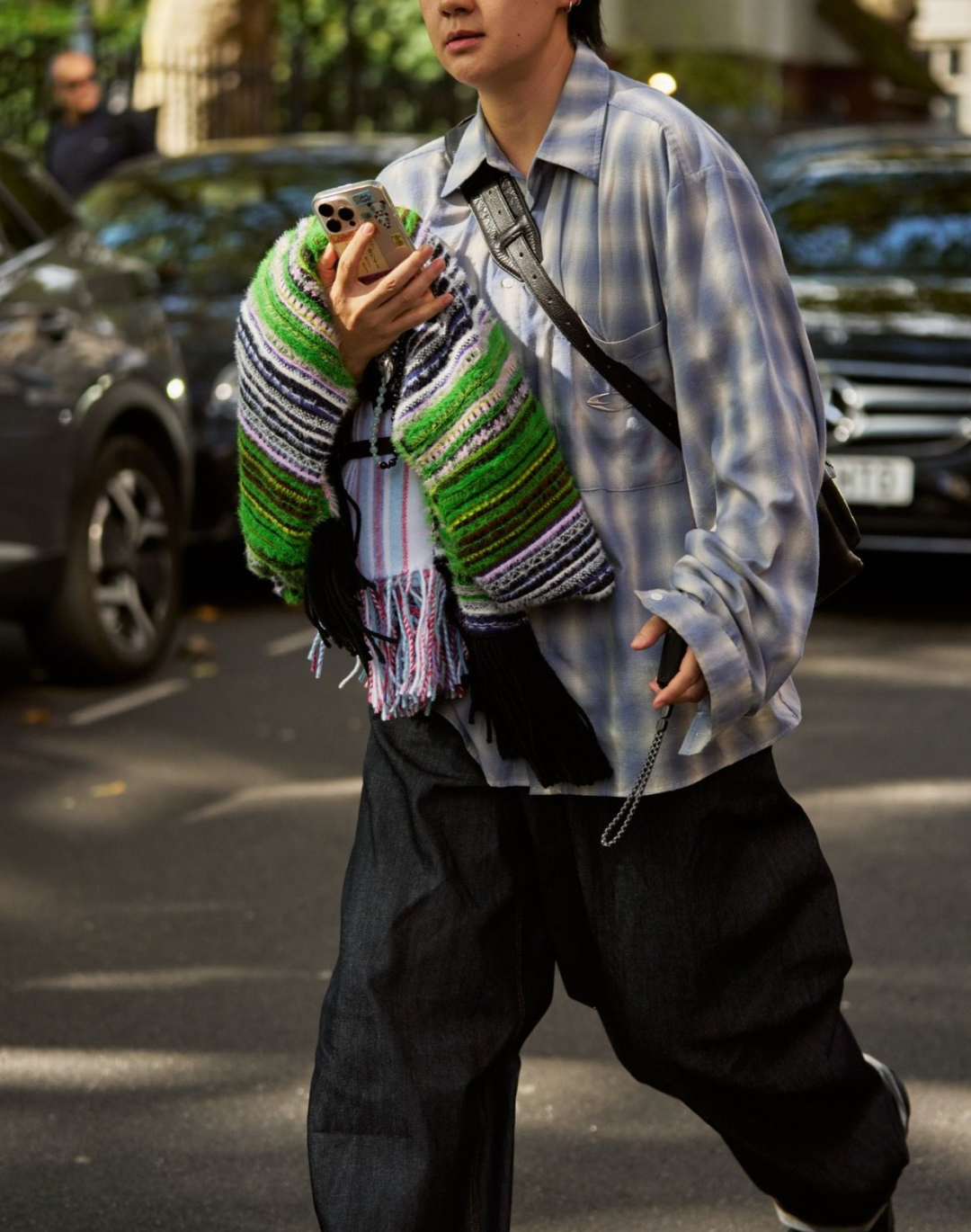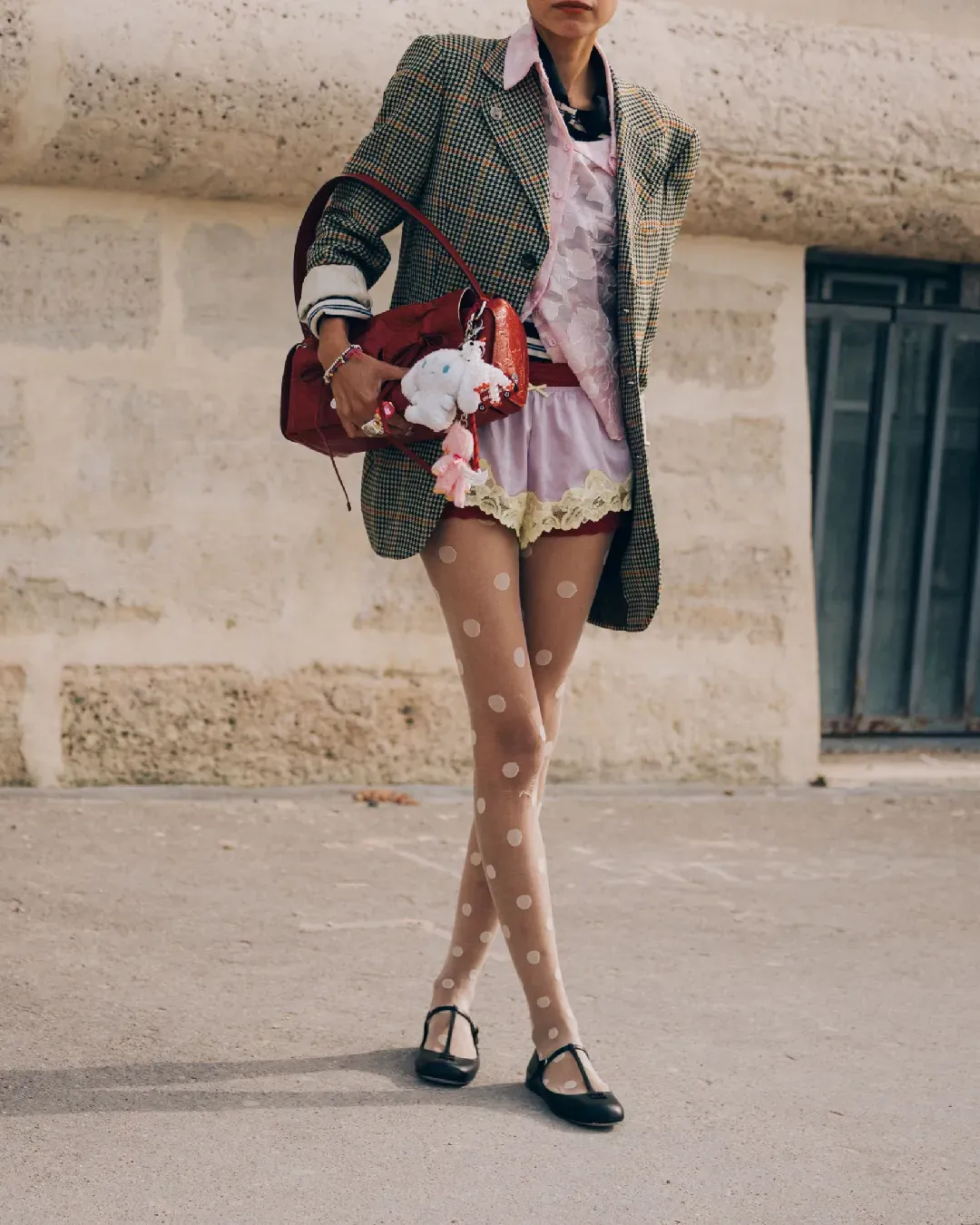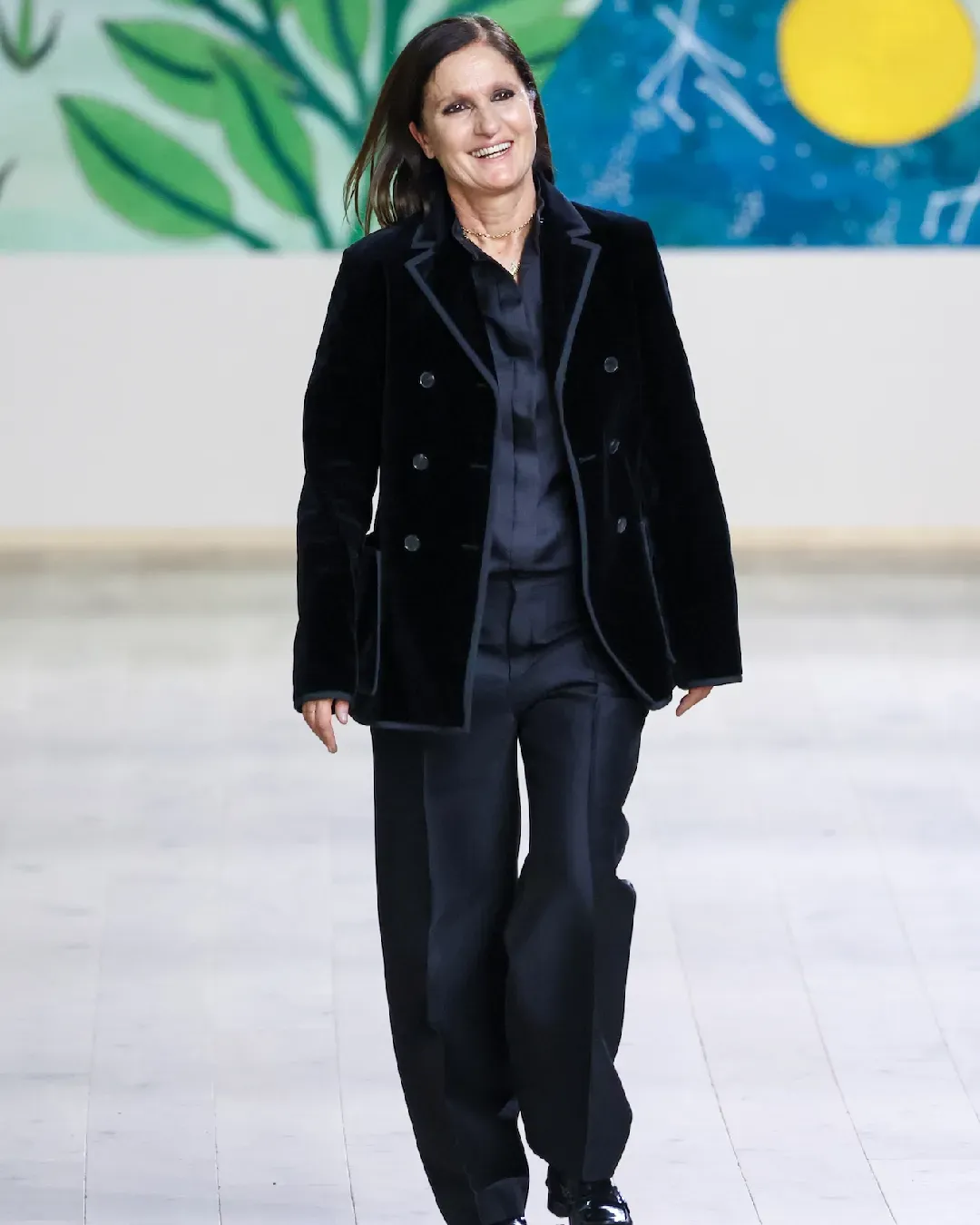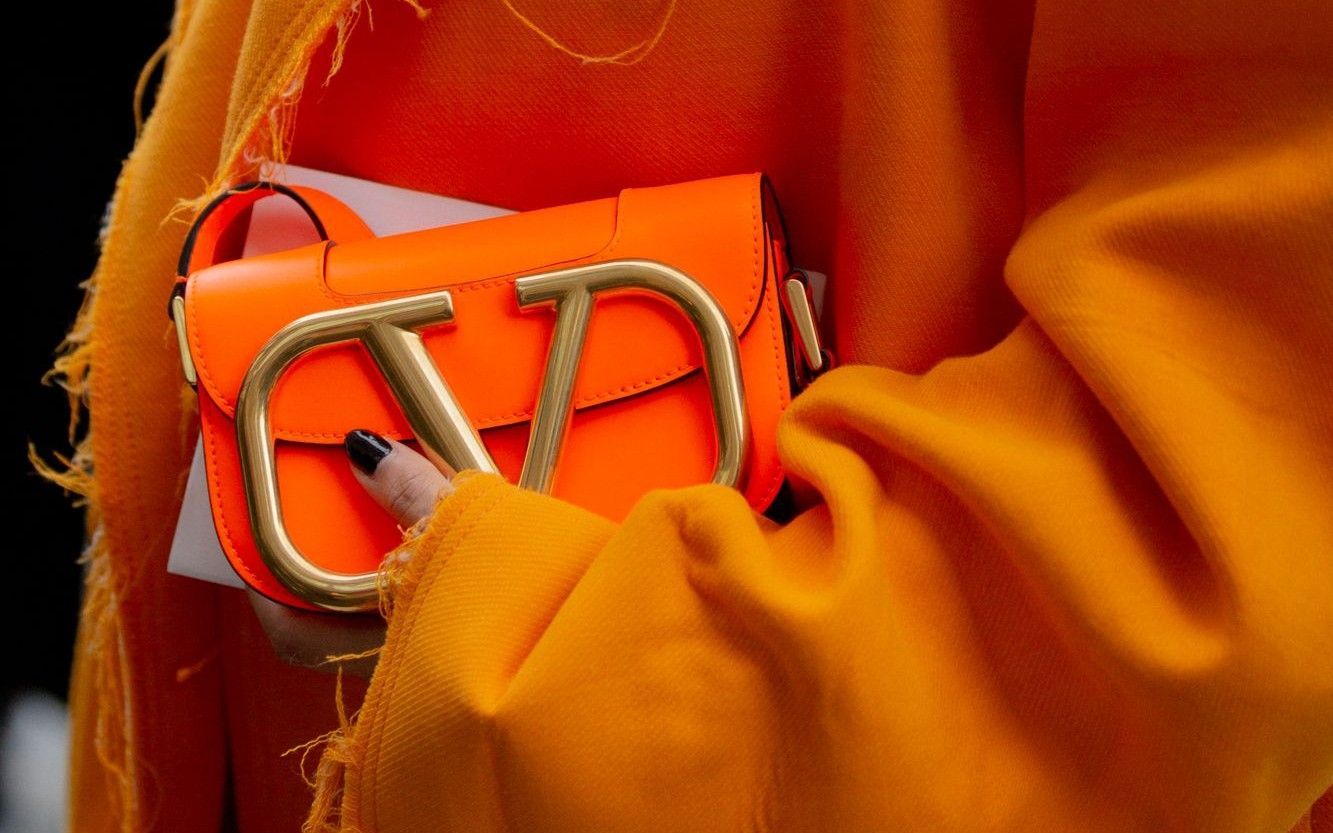
Even Valentino is launched in the world of vintage Allowing customers to trade in their vintage items for a credit to use in the boutique
The new Valentino Vintage initiative, launched yesterday by Pierpaolo Piccioli's brand, goes to further enrich the love of secondhand that the entire fashion industry is starting to embrace in recent months. The way it works is simple: you will be able to deliver your vintage Valentino items to a selection of vintage shops around the world and get a credit to spend in the brand's boutiques. The project, which will be active in Milan, New York, Los Angeles and Tokyo, presents a significant difference from those already put into practice by Gucci, Alexander McQueen and Jean-Paul Gaultier. All the brands mentioned above, in fact, have opened marketplaces where the second-hand products on sale are taken from their own archives but also from collectors and private clients who give their items in exchange for vouchers to spend in the brand's stores. The main difference is that the other brands contact collectors while for Valentino Vintage there is a real open call to all those who own vintage items of the brand and it is therefore a project with a more collective scope that transforms potential customers into assets. Diesel also does something similar with the Second Hand program that provides that used Diesel denim garments are withdrawn from stores and evaluated by experts before being reconditioned and entering the online marketplace.
In the first phase of the project you can access, on the brand's website, the page with the contacts of the Vintage Stores participating in this initiative and request an evaluation of your Valentino item by sending a photo. If the evaluation is positive and you want to proceed with the sale, you will receive a credit to spend in specific Valentino boutiques that must be in the same cities where the sale took place. Starting in January, then, the selected items will be put back on sale by the same stores in a series of ways (and presumably activations) that have yet to be revealed. Here, it's certainly interesting to note that instead of a digital marketplace, the sale of the garments will take place in-store - which on the one hand implies a partnership with the boutiques themselves, and on the other hand, with the geographic limitation of these sales, increases the perceived value of the garments sold and the entire operation.
It is still unclear whether the sale of items will be limited to only four vintage stores or extended to others, but if so, the sense of exclusivity of the operation would lie in the fact that the vintage items selected by Valentino will be available only in four locations around the world. Probably the locations will increase if the project proves to be a success (it would be difficult to think of excluding Paris, London or Shanghai from the operation) but above all it will allow new segments of the public to interact with the brand, gaining loyalty. In fact, the methods of evaluation and participation of the project imply from the beginning an engagement of the customer who, even if completely new, can try to participate in the selection of vintage garments. The plan of partnership with site-specific commercial realities, then, has already been tested with the collaboration with newsstands around the world as Casa Magazines in New York or the takeover of newsstands in Milan during Design Week. A similar strategy was also followed by Diesel's Second Hand program, whose reconditioned denim, in addition to the online marketplace, are available in only three physical locations, all in Italy, namely Milan, Rome and Florence.
Valentino's move ultimately represents a major step forward in bringing luxury fashion and the secondhand market together - a market that, according to ThredUp, is expected to reach a turnover of $77 billion by 2025. Despite this, brands' flirtations with the resell world still remain at a highly experimental stage. A clear sign that the luxury industry is still trying to find an effective format to incorporate the resell market into its business, creating alternative secondary channels that on one hand can attract new audiences and on the other hand do not dilute valuable brand equity. The risk is, on the one hand, that of alienating the classic resell clientele, which may turn to secondhand for economic reasons as well as for research; on the other, that of diluting the exclusivity of the new collections.










































